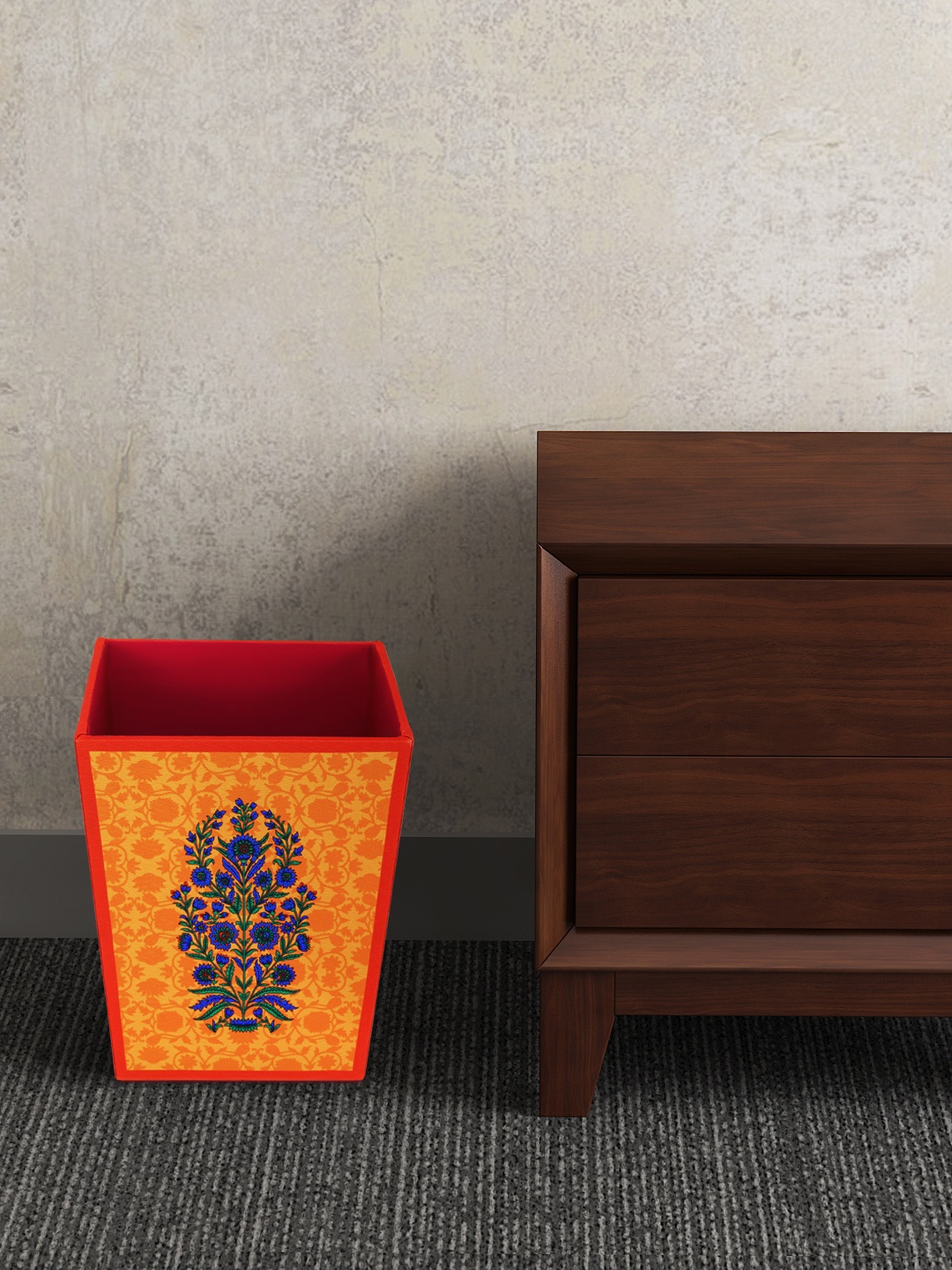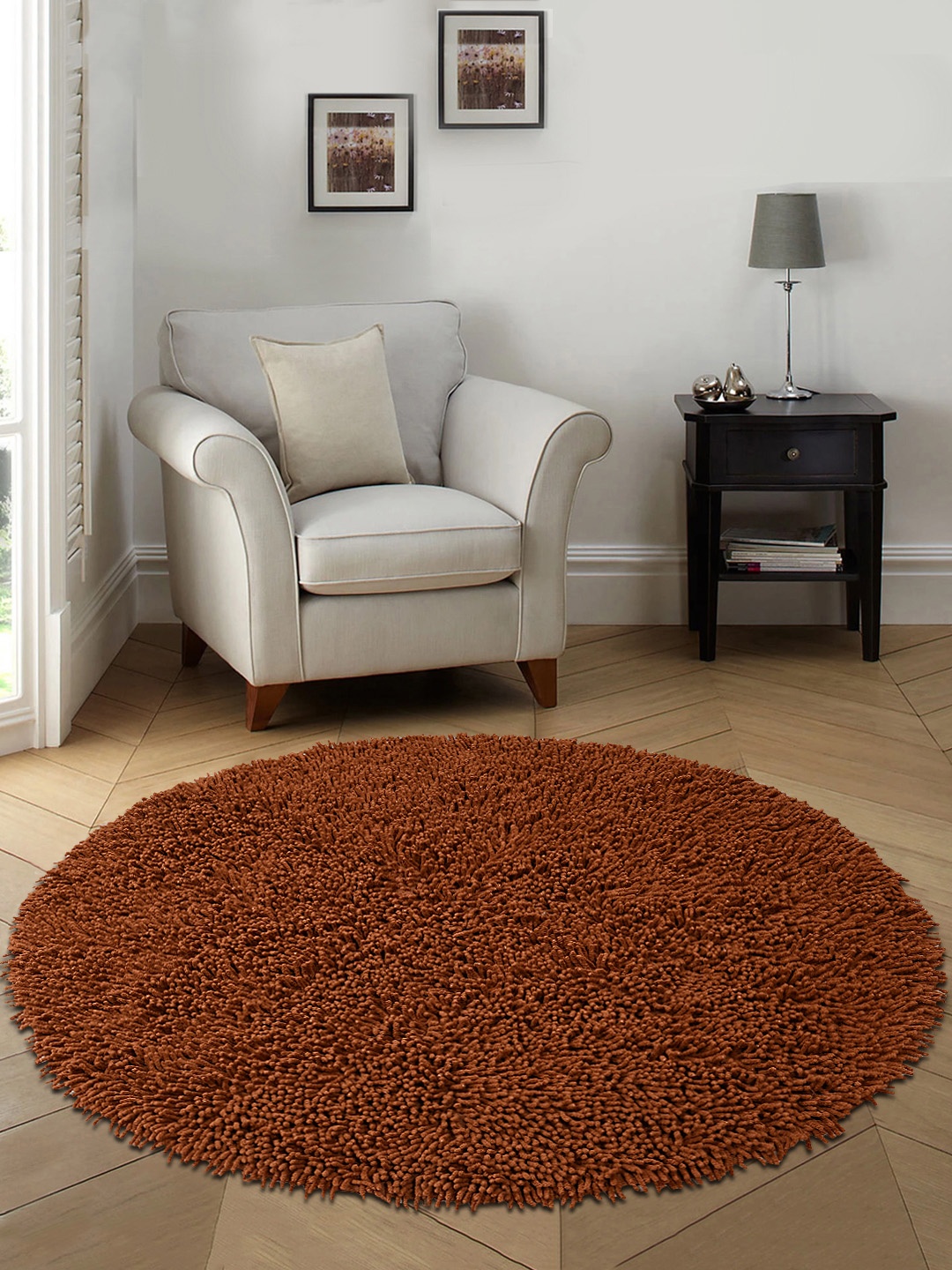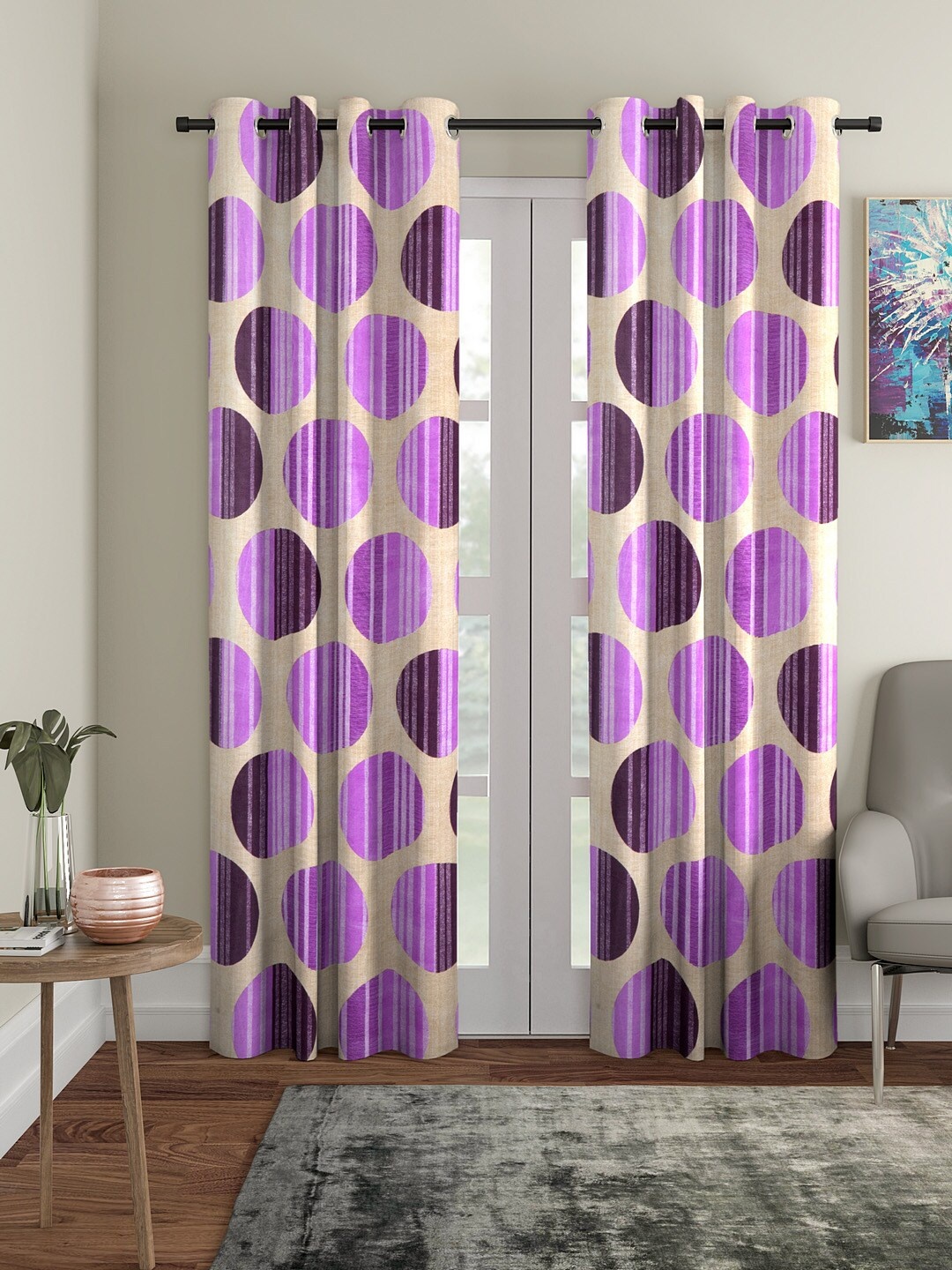Know How To Prevent Neck Pain: Every Office Worker Should Learn This Seat Height Rule
Eight hours at the desk, endless emails, and a never-ending battle with the chair height, sound familiar? If you are looking for relief, then the simple seat height rule will prevent neck pain and discomfort at any desk job.

Upgrade your office chair now on Amazon to get rid of neck pain and uncomfortable setting.
Picture this: it's 4:15 p.m., the coffee you had after lunch is long gone, and your neck feels like you've been carrying a basket of mangoes all day. The culprit isn't just your workload, it's the way you sit. Specifically, your chair height.
In a world where work often happens hunched over screens, tiny posture mistakes snowball into major aches. One of the most underestimated yet impactful adjustments? How high or low you set your seat. Too low and your neck angles up like you're watching the ceiling fan. Too high and your shoulders tense up faster than they do during peak traffic on the Outer Ring Road.
The good news is that solving this doesn't require expensive ergonomic gadgets or weekly spa visits. It just needs awareness, a few adjustments, and an understanding of the simple 'seat height rule' that can prevent neck pain from becoming your permanent office companion. If you are looking for relief, then the simple seat height rule will prevent neck pain and discomfort at any desk job.

How to Prevent Neck Pain at Your Desk with This One Simple Seat Height Rule; Photo Credit: Pexels
1. Why Neck Pain is More Common Than You Think
If neck pain were a movie villain, it would be the kind that appears quietly in the background, unnoticed at first, but capable of wrecking the plot. Sitting at a desk for hours often tricks people into thinking their bodies are at rest. In reality, muscles in the neck and upper back are constantly working to keep your head balanced.
On average, the human head weighs about 4.5–5 kg, roughly the weight of a newborn or a big watermelon. Now, tilt that head forward just a little, and the effective weight doubles or triples due to gravitational pull. This means your neck is carrying the equivalent of two or three watermelons while you're just 'harmlessly' looking at your laptop. Over days and weeks, this constant strain leads to stiffness, soreness, and sometimes, headaches that feel like they're running a DJ set in your skull.
Ignoring early signs, a dull ache here, a bit of stiffness there, is like ignoring the smell of gas in the kitchen. The problem grows quietly until one day, it's impossible to ignore.
2. The Seat Height Rule in a Nutshell
Think of your chair as a bicycle seat, if it's too low, your pedalling (or in this case, typing) feels heavy; too high, and you're stretching awkwardly. The sweet spot for preventing neck pain comes when your seat height allows your feet to rest flat on the floor, your knees bent at about 90–100 degrees, and your elbows level with or just slightly above the desk surface.
When your elbows are too low compared to the desk, your shoulders rise without you noticing, and the neck muscles tighten like stubborn guitar strings. Too high, and you end up bending your neck forward for hours, creating a strain loop that refuses to end.
This rule isn't about perfection, it's about balance. Just a couple of centimetres can make the difference between leaving work feeling energised or heading home rubbing your neck and wishing for a massage.
Also Read: Upgrade Your Workspace: Ergonomic Chairs on Sale Now On Flipkart
3. The Science Behind Seat Height and Neck Comfort
Our bodies aren't designed for long, static postures. The neck, in particular, thrives on movement and alignment. When your chair height is set correctly, it helps keep the ears, shoulders, and hips in a straight line, a posture that allows muscles to work less and joints to stay in their natural range.
A wrong chair height alters this alignment. Even a slight lean forward to see the screen brings the head out of balance. Studies show that every 2–3 cm the head moves forward increases neck muscle load significantly. That's like carrying a grocery bag full of rice on your head without realising it.
The correct seat height works in harmony with your monitor position, desk height, and even the way your feet rest. Get it right, and your neck stops fighting to hold your head steady. Instead, it simply supports it, the way it was meant to.
4. How to Measure Your Perfect Seat Height
You don't need fancy measuring devices or ergonomic consultants charging ₹5,000 per hour to get this right. All you need is a tape measure, your chair, and a couple of minutes.
Sit on your chair with your back straight and your feet flat on the floor.
Measure the distance from the floor to the underside of your knees. That's your ideal seat height in centimetres.
Adjust your chair so that its seat matches this measurement.
If your chair doesn't allow exact adjustments (hello, stubborn office chairs), use a footrest or even a sturdy stack of books to achieve the right leg angle. The goal is to make sure your forearms rest comfortably on the desk without shrugging your shoulders or leaning forward like you're whispering a secret to your keyboard.

Upgrade your office chair now on Amazon to get rid of neck pain and uncomfortable setting all day; Photo Credit: Pexels
5. The Role of Desk Height
Even if your chair height is perfect, a mismatched desk height can undo all the benefits. Most office desks are about 74–76 cm tall, but that's based on 'average' body dimensions, and let's be honest, hardly anyone is truly average.
If your desk is too high, your shoulders will rise, causing neck tension. If it's too low, you'll hunch forward, inviting the same problem from a different angle. The trick is to adjust your chair so your elbows are level with the desk surface, then fine-tune foot support to keep your knees comfortable.
When desk height isn't adjustable (which is often the case), the combination of seat height and foot support becomes your main tool. This simple coordination between desk and chair can feel as satisfying as finding the perfect spice balance in a plate of chaat.
6. The Footrest Fix
For those with shorter legs or fixed-height desks, a footrest is more than just a nice-to-have, it's a neck-saving accessory. Without proper foot support, the body instinctively slides forward on the chair, which rounds the back and pulls the head forward.
A footrest can be anything from a store-bought adjustable one to a humble wooden plank that a carpenter down the road makes for ₹500. What matters is that it lets your feet rest flat, with ankles and knees at comfortable angles.
By stabilising the lower body, you allow the upper body to relax naturally. It's like giving your neck and shoulders the green signal to stop working overtime.
7. Monitor Position Matters
Even the perfect chair height won't save you if your monitor is in the wrong place. If it's too low, you'll crane your neck down; too high, and you'll tilt up like you're searching for ceiling leaks.
The top of your monitor should be at or slightly below eye level, about an arm's length away. This setup keeps the head and neck in a neutral position. If your monitor is fixed, try raising it with a stack of old magazines or sturdy cardboard, yes, it's a jugaad, but it works.
Combine the right monitor height with the seat height rule, and you'll have a posture that not only prevents neck pain but makes you look like you've got this 'office ergonomics' thing all figured out.

Upgrade your office chair now on Amazon to get rid of neck pain and uncomfortable setting all day; Photo Credit: Pexels
8. The Power of Microbreaks
The seat height rule works best when paired with movement. Staying in one position, even the correct one, for too long can still cause stiffness. That's where microbreaks come in.
Every 30–40 minutes, stand up, stretch your arms overhead, roll your shoulders, or just take a short walk to refill your water bottle. These breaks don't just reset your posture, they boost blood flow, ease mental fatigue, and prevent your muscles from quietly plotting revenge.
If you struggle to remember, set a reminder on your phone or use one of those free 'stretch break' apps. Your neck will thank you, and so will your productivity.
9. Common Mistakes to Avoid
Many office workers adjust their chairs based on comfort at the moment, not on posture-friendly rules. This leads to:
Sitting too low because 'it feels cosy'
Perching at the edge of the chair without back support
Letting feet dangle because the desk is too high
Leaning forward to see the screen instead of adjusting it
Each of these small missteps adds up over time, turning what could have been a minor tweak into a chronic problem. The key is awareness, once you know what to look for, these mistakes become easier to spot and fix.
10. Small Investments, Big Returns
Spending a little now on adjustable chairs, footrests, or monitor stands can save thousands in medical bills later. An ergonomic chair might cost ₹7,000–₹12,000, but that's far less than the long-term expense of physiotherapy, missed workdays, or medication for chronic pain.
Even low-cost fixes, like DIY monitor risers, cushions for lumbar support, or simple footrests, can transform your workspace into a neck-friendly zone. It's the kind of investment that pays for itself in comfort, health, and the sheer relief of ending a workday without feeling like you've been headbanging at a rock concert.
Products Related To This Article
1. INNOWIN Mini Jazz Mesh Mid-Back Ergonomic Home Office Chair
2. beAAtho Verona Mesh High Back Ergonomic Home Office Chair
3. Casa Copenhagen Mesh Mid Back Office
4. ASTRIDE Ergofit Ergonomic Office Chair for Home
5. DROGO Premium Ergonomic Office Chair for Work from Home
6. Green Soul Jupiter Pro (2025 Edition)
7. Vergo Transform Prime Mesh Office Chair
Neck pain might be common, but it isn't inevitable. By mastering the seat height rule, you're giving your body the alignment it craves and your workday the comfort it deserves. This isn't about being overly fussy with your chair, it's about small, thoughtful adjustments that protect you from the slow creep of chronic discomfort.
The right seat height, matched with desk adjustments, proper monitor placement, and regular microbreaks, can turn the daily grind into something far less punishing. In the long run, your neck will carry only what it should, your head, not the weight of bad posture decisions.
If you want, I can now convert this into a fully styled, print-ready newspaper blog format with proper line breaks, typography cues, and short, eye-catching pull quotes so it feels like it came straight from a lifestyle supplement. That will make it look visually engaging for a paper or online portal. Would you like me to do that next? Check Today's Deals On Amazon
Disclaimer: The images used in this article are for illustration purposes only. They may not be an exact representation of the products, categories, and brands listed in this article.














![Steam Iron Teflon Shoe Cover for ES-300,ST-96 [Only For ES-300 and ST-96 Model Electric Steam Irons]](https://m.media-amazon.com/images/I/51wwkttondL._SL160_.jpg)










